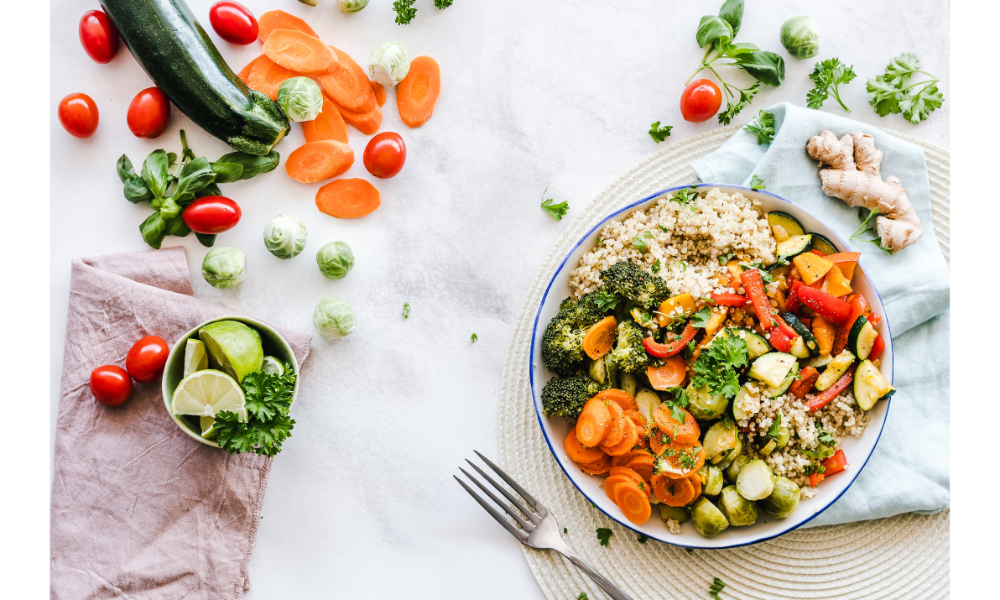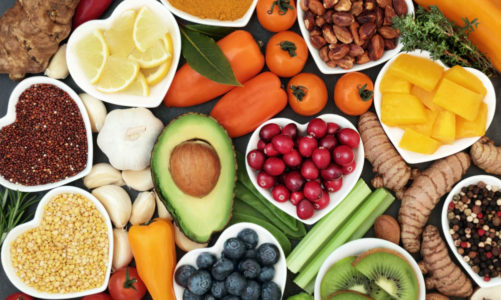
Growing juicy and plump tomatoes is not an easy task. It requires a lot of hard work and knowledge of the right growing techniques. One important aspect is proper irrigation. The frequency, quantity, and timing of watering tomato plants are crucial because they affect the plant’s productivity and the quality of fruit. In this article, we’ll guide you through essential steps to follow to ensure Tomato plant irrigation so that you can enjoy a successful harvest.
1. The importance of soil moisture control
Soil moisture control is key to achieve healthy growth and fruit production. A tomato plant needs a good balance of control for optimal health and fruit development. Too little water, and the fruits will not mature properly or become cracked, while too much water can lead to root rot and other diseases. Use a moisture meter to test the soil’s moisture level, which should be between 50-75% of the soil’s full capacity to hold water.
2. Timing and frequency of watering
Water tomato plants when the topsoil has dried out, which is usually every two or three days during the summer season. Water early in the morning or just before sunset. This allows the plant to absorb water before the sunbearing down on it. Water slowly, making sure the water doesn’t runoff. If you’re using drip irrigation, it’s best to use a timer to control the watering intervals rather than overwatering, which can make plants more susceptible to disease and pests.
3. Watering Techniques
Use watering techniques that minimize water wastage and maximize absorption. One recommended technique is to water the base of the plant and not the leaves or fruits. This way, water doesn’t evaporate before it reaches the roots, or the leaves won’t get scorched under high temperatures. You can also use mulch around the base of the plant to preserve moisture by limiting the amount of water lost through evaporation.
4. Understanding Plant’s Growth Stages
To ensure proper irrigation for tomato plants in maximizing yields and quality, it’s crucial to understand their growth stages. A newly planted seedling will require a lot of water to establish itself, but as it starts to grow, it will need less. During the flowering stage, ensure the soil has proper water content, as it will aid in proper pollination, while fruit development would require regular watering to maximize yields.
5. Other factors to consider for appropriate watering
Other factors like the type of soil, location, humidity, and temperature will determine the irrigation needs of tomato plants. For example, sandy soil will require more water than clay-smooth soil since it has less capacity to hold water. A humid location will require less watering since the air holds more moisture, and a higher temperature will require more watering to counterbalance the evaporation rate. Therefore, keep these factors in mind while planning the irrigation schedule.
Growing tomatoes is a satisfying and rewarding experience, but it comes with its fair share of challenges. Proper irrigation is essential to get high-quality fruits in abundance. Understanding the ideal watering techniques, frequency, and timing will ensure your tomatoes thrive and experience minimal disease and pest attacks. With the help of the above expert tips, you can ensure proper irrigation for tomato plants and maximize yields. Follow these steps, and you’ll soon be harvesting healthy, plump, and juicy tomatoes.




